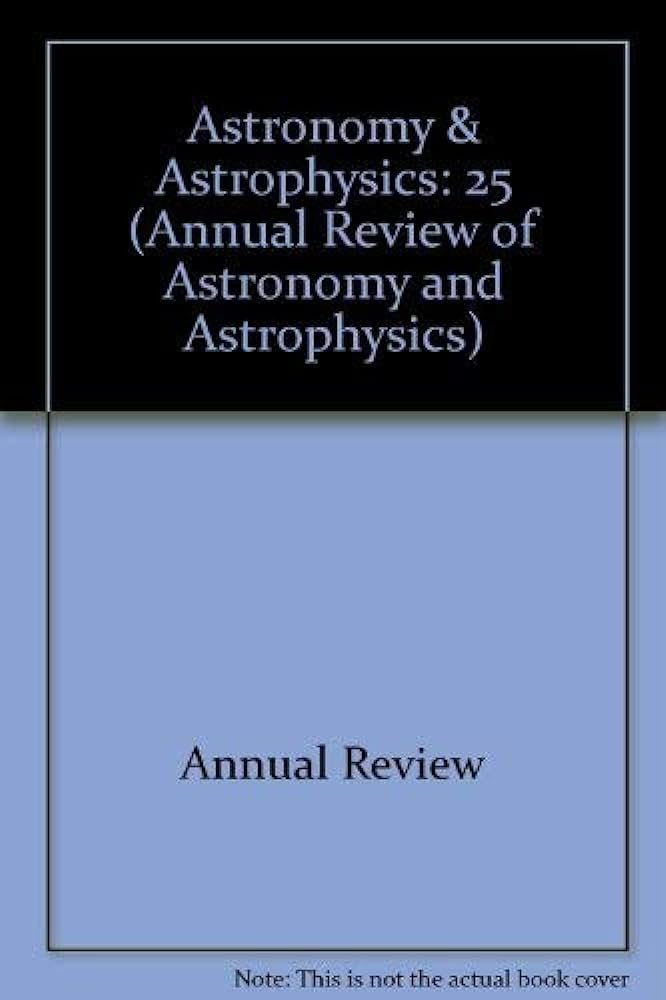太阳射电发射成像光谱学的新见解
IF 32.5
1区 物理与天体物理
Q1 ASTRONOMY & ASTROPHYSICS
Annual Review of Astronomy and Astrophysics
Pub Date : 2023-06-12
DOI:10.1146/annurev-astro-071221-052744
引用次数: 1
摘要
新获得的太阳射电发射的高分辨率成像在许多紧密间隔的频率和时间提供了新的物理洞察过程,结构,和太阳大气的动力学。观测方面的进展重新激发了人们对太阳射电天文学早期的话题的兴趣,并使我们的知识取得了相当大的进步。▪定量测量动态磁场强度、粒子加速度和太阳耀斑中心的热等离子体,并暗示与它们相关的过程。▪在空间和时间上解决各种情况下电子的能量化和输运问题。▪绘制太阳色球层和日冕的磁化热等离子体结构,覆盖太阳活跃和安静区域的相当大的高度范围。这篇综述解释了为什么太阳射电成像光谱学如此强大,描述了最近的结果,并概述了充分发挥其潜力所需的未来工作。并简要介绍了射电成像光谱在恒星和行星上的应用。《天文学和天体物理学年度评论》第61卷的最终在线出版日期预计为2023年8月。修订后的估计数请参阅http://www.annualreviews.org/page/journal/pubdates。本文章由计算机程序翻译,如有差异,请以英文原文为准。
New Insights from Imaging Spectroscopy of Solar Radio Emission
Newly available high-resolution imaging of solar radio emission at many closely spaced frequencies and times provides new physical insight into the processes, structure, and dynamics of the solar atmosphere. The observational advances have spurred renewed interest in topics dating from the early days of solar radio astronomy and have led to considerable advances in our knowledge. Highlights of recent advances include the following: ▪ Quantitatively measuring the dynamic magnetic field strength, particle acceleration, and hot thermal plasma at the heart of solar flares and hinting at the processes that relate them. ▪ Resolving in space and time the energization and transport of electrons in a wide range of contexts. ▪ Mapping the magnetized thermal plasma structure of the solar chromosphere and corona over a substantial range of heights in active and quiet regions of the Sun. This review explains why solar radio imaging spectroscopy is so powerful, describes the body of recent results, and outlines the future work needed to fully realize its potential. The application of radio imaging spectroscopy to stars and planets is also briefly reviewed. Expected final online publication date for the Annual Review of Astronomy and Astrophysics, Volume 61 is August 2023. Please see http://www.annualreviews.org/page/journal/pubdates for revised estimates.
求助全文
通过发布文献求助,成功后即可免费获取论文全文。
去求助
来源期刊

Annual Review of Astronomy and Astrophysics
地学天文-天文与天体物理
CiteScore
54.80
自引率
0.60%
发文量
14
期刊介绍:
The Annual Review of Astronomy and Astrophysics is covers significant developments in the field of astronomy and astrophysics including:The Sun,Solar system and extrasolar planets,Stars,Interstellar medium,Galaxy and galaxies,Active galactic nuclei,Cosmology,Instrumentation and techniques,
History of the development of new areas of research.
 求助内容:
求助内容: 应助结果提醒方式:
应助结果提醒方式:


